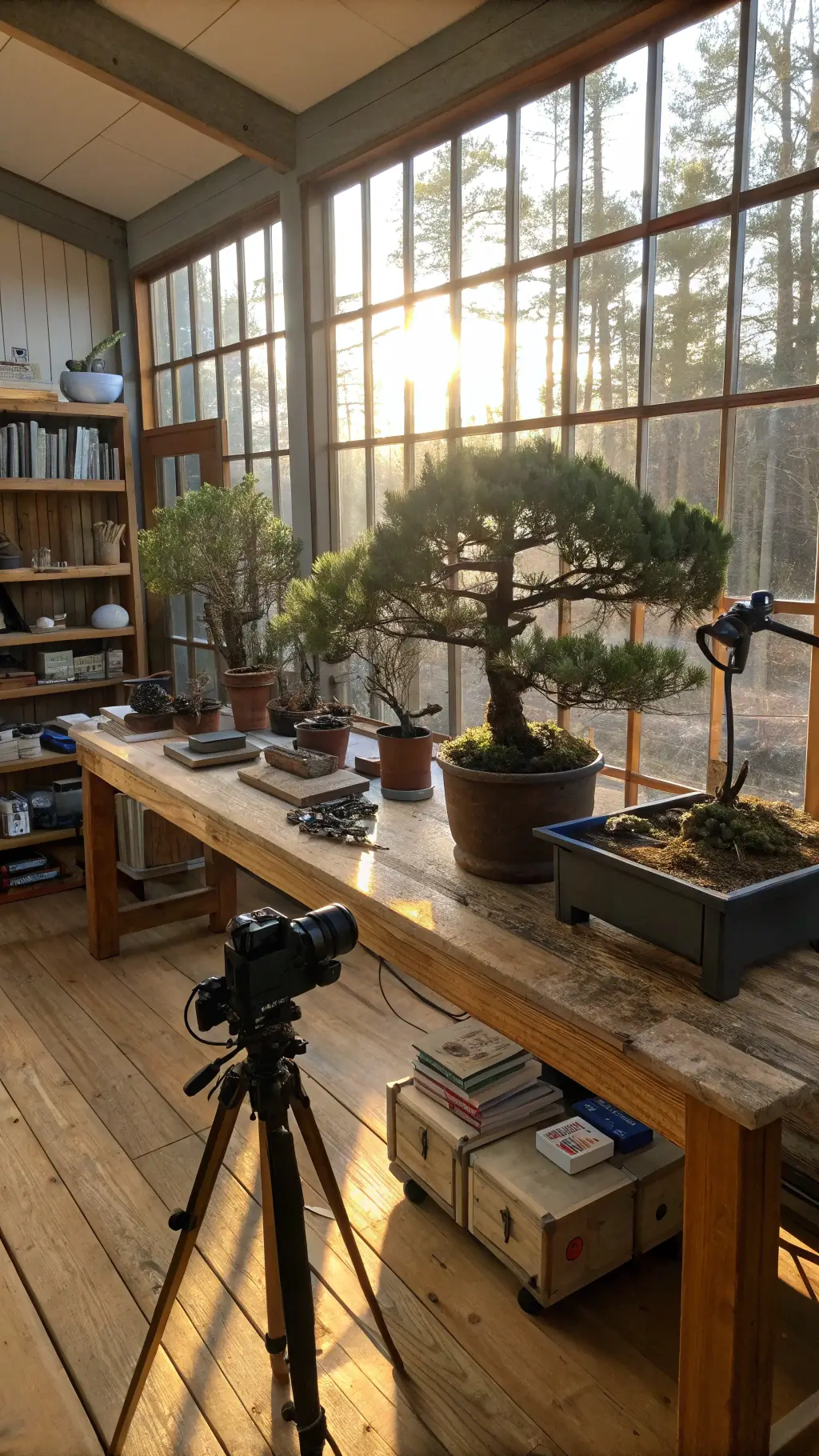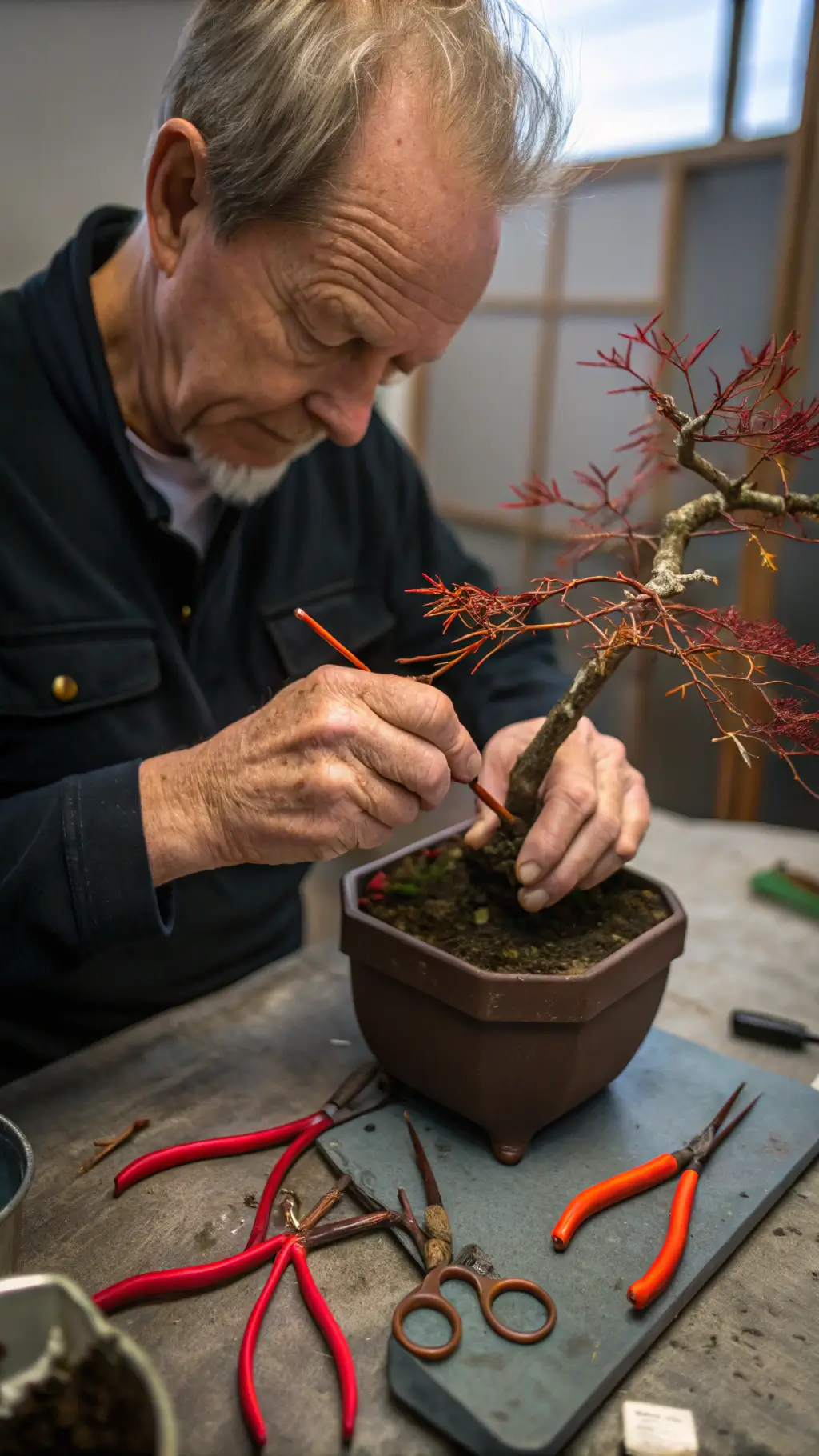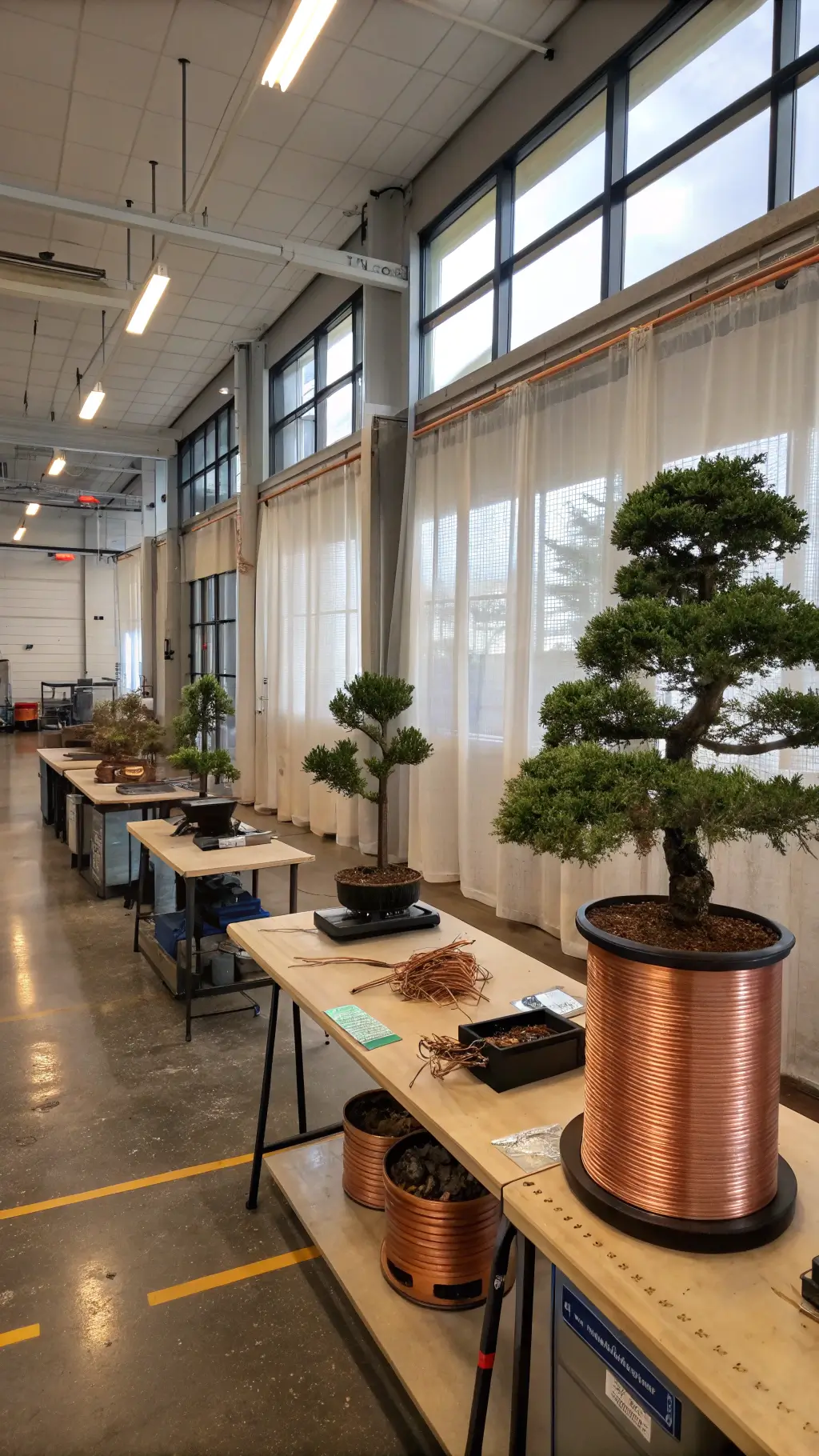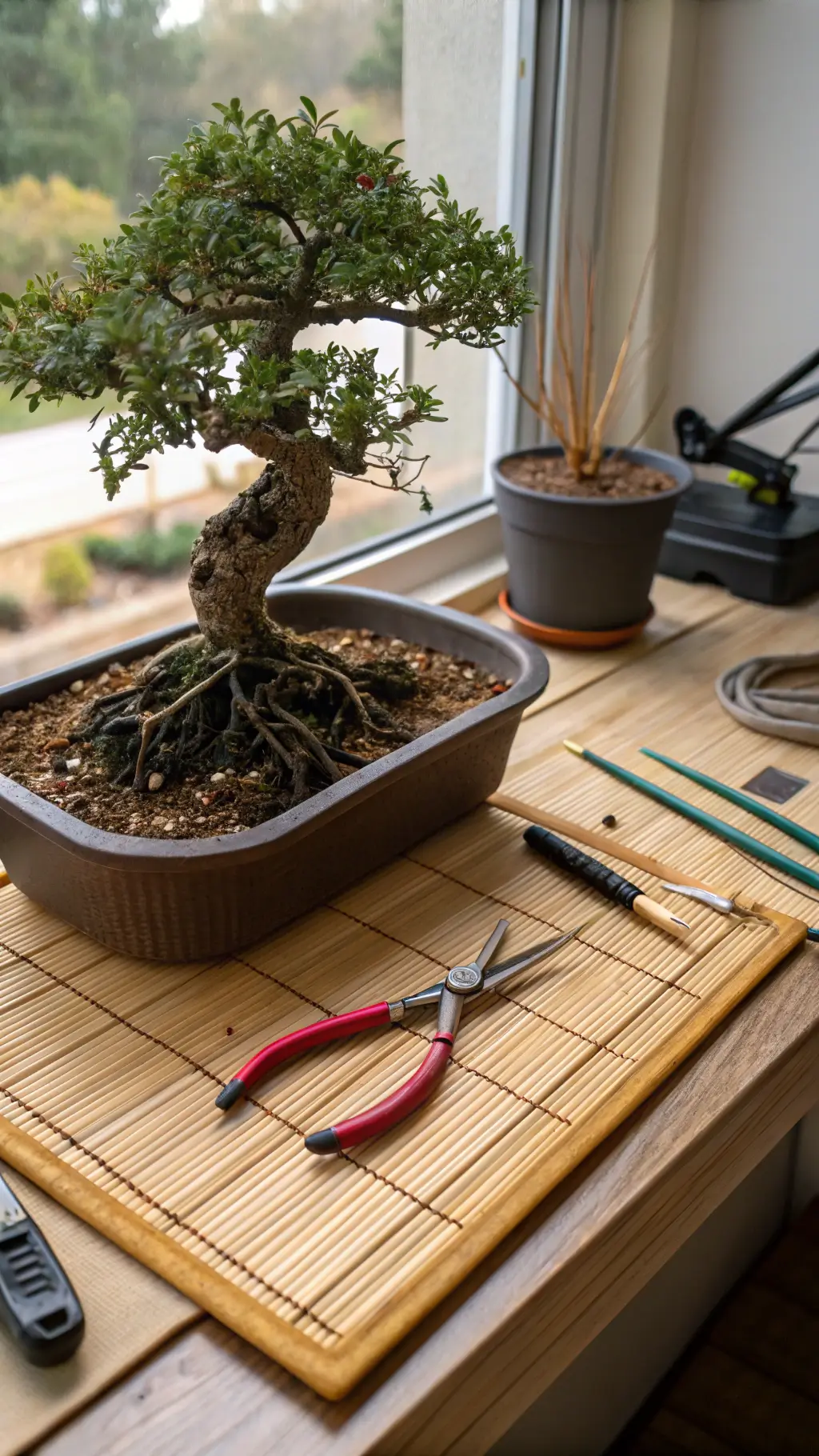Mastering Bonsai Wire: The Ultimate Guide to Shaping Your Miniature Trees
Have you ever wondered how bonsai artists create those breathtaking, perfectly shaped miniature trees? The secret weapon in their toolkit is bonsai wire – a simple yet powerful tool that transforms ordinary branches into living sculptures.

What is Bonsai Wire and Why Does It Matter?
Bonsai wire is more than just a piece of metal. It’s the sculptor’s chisel, the painter’s brush of the bonsai world. With the right technique, this humble wire can guide branches into graceful curves, elegant lines, and stunning shapes that seem to defy nature.
Types of Bonsai Wire: Choosing Your Perfect Match

Aluminum Wire:
- Perfect for beginners
- Ideal for deciduous trees
- Lightweight and easy to manipulate
- Comes in various colors and sizes
Copper Wire:
- Best for conifers and pines
- Provides stronger hold
- Requires more skill to apply
- Typically darker in color
Selecting the Right Wire Size: A Bonsai Artist’s Pro Tip

Choosing the correct wire thickness is crucial. Here’s my golden rule: The wire should be approximately 1/3 the thickness of the branch you’re working with.
Recommended starter wire sizes:
- 1mm (for delicate, thin branches)
- 1.5mm (versatile, good for medium branches)
- 2.5mm (for stronger, thicker branches)
- 4mm (for trunk and major structural shaping)
Wiring Techniques: The Art of Branch Manipulation
Double-Wiring Technique
- Use one piece of wire for two branches of similar thickness
- Provides extra support
- Reduces individual wire stress
Single-Wiring Approach
- Wire each branch individually
- Best for branches with unique characteristics
- Allows more precise control
Pro Tip: Always wire from the trunk to primary branches, then move to secondary branches.
The Delicate Art of Branch Bending

Bending Technique:
- Hold the outside of the branch with your fingers
- Use thumbs to apply gentle pressure from the inside
- Apply force carefully to prevent splitting
- Never bend a branch multiple times – this can cause permanent damage
Wire Removal: Timing is Everything

When to Remove Wire:
- Typically 1-4 months after application
- Before the wire cuts into the bark
- During the tree’s active growing season
Removal Technique:
- Cut wire at each turning point
- Never unwind the wire – this can damage the bark
- Use specialized wire cutters for clean removal
Advanced Techniques for Bonsai Masters
Guy-Wiring
- Used for thick, old, or brittle branches
- Provides additional support and shaping options
Raffia Protection
- Wrap branches with water-soaked raffia before wiring
- Prevents bark damage
- Adds an extra layer of protection
Final Thoughts: Patience and Practice
Bonsai wiring is an art form that takes years to master. Don’t get discouraged if your first attempts aren’t perfect. Every twist, every bend is a lesson learned.
Remember: Your bonsai is a living artwork. Treat it with respect, patience, and love.
Happy wiring, fellow bonsai enthusiasts!
